Hottest Summer Plants For Your Garden
Hottest Summer Plants for Your Garden
The summer heat can be tough on plants, but there are a number of heat-tolerant plants that will thrive in your garden even when the temperatures soar. These plants come in a variety of shapes, sizes, and colors, so you're sure to find something to add a touch of summer beauty to your yard.
In this blog post, we'll take a look at some of the hottest summer plants for your garden. We'll discuss their heat tolerance, their care requirements, and their benefits. We'll also provide some tips on how to choose the right heat-tolerant plants for your garden.
So, whether you're looking for a colorful annual to brighten up your flower beds or a hardy perennial to add structure to your landscape, read on for our picks for the hottest summer plants for your garden.
Here are some of the hottest summer plants for your garden:
- Marigolds are a classic summer flower that is known for its bright colors and heat tolerance. Marigolds can be grown in a variety of conditions, but they prefer full sun and well-drained soil. They are relatively easy to care for and require only moderate watering.
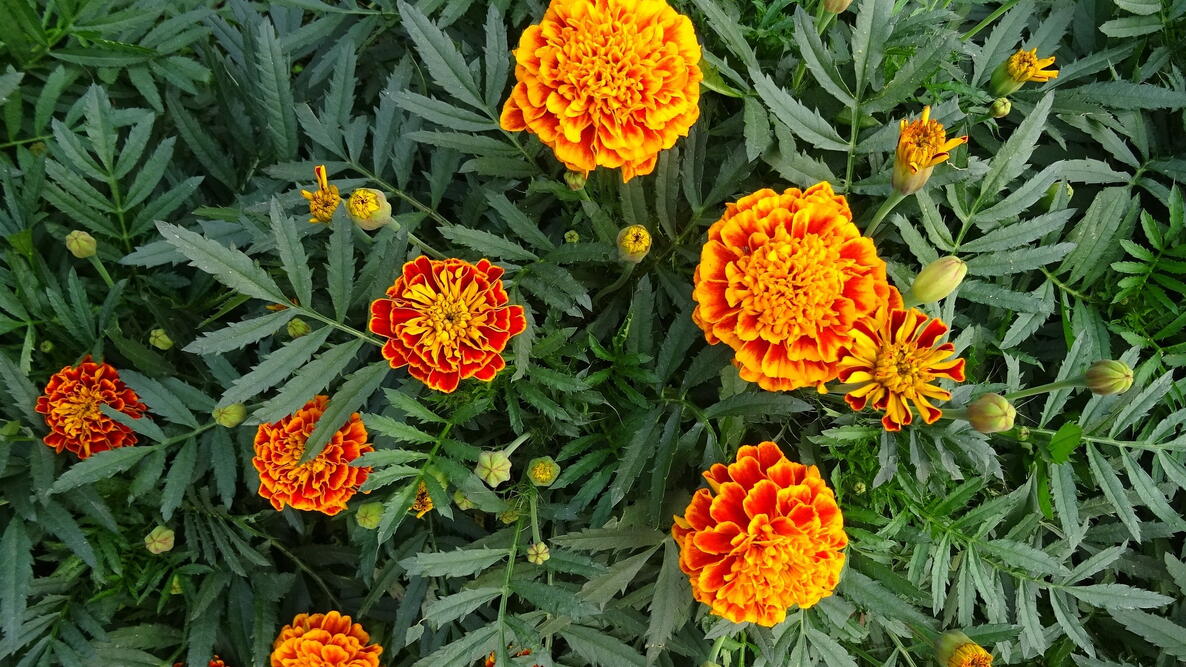
- Sunflowers are another popular summer flower that is known for its large, sunny blooms. Sunflowers can grow up to 10 feet tall, so they need plenty of space to grow. They prefer full sun and well-drained soil. Sunflowers are relatively easy to care for and require only moderate watering.
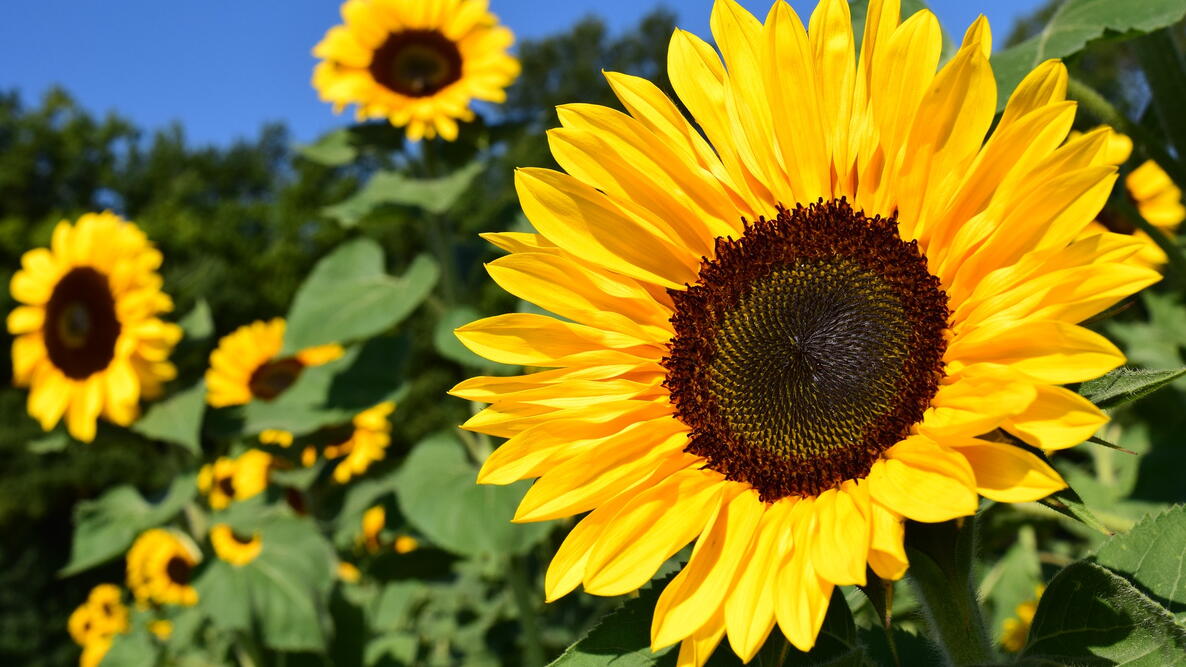
- Zinnias are a colorful annual that is known for its long-lasting blooms. Zinnias can be grown in a variety of conditions, but they prefer full sun and well-drained soil. They are relatively easy to care for and require only moderate watering.
- Caladiums are a tropical plant that is known for its colorful leaves. Caladiums come in a variety of colors, including red, pink, white, and green. They prefer full sun or partial shade and well-drained soil. Caladiums are relatively easy to care for and require only moderate watering.

- Lavender is a hardy perennial that is known for its fragrant flowers and purple foliage. Lavender prefers full sun and well-drained soil. It is relatively easy to care for and requires only moderate watering.
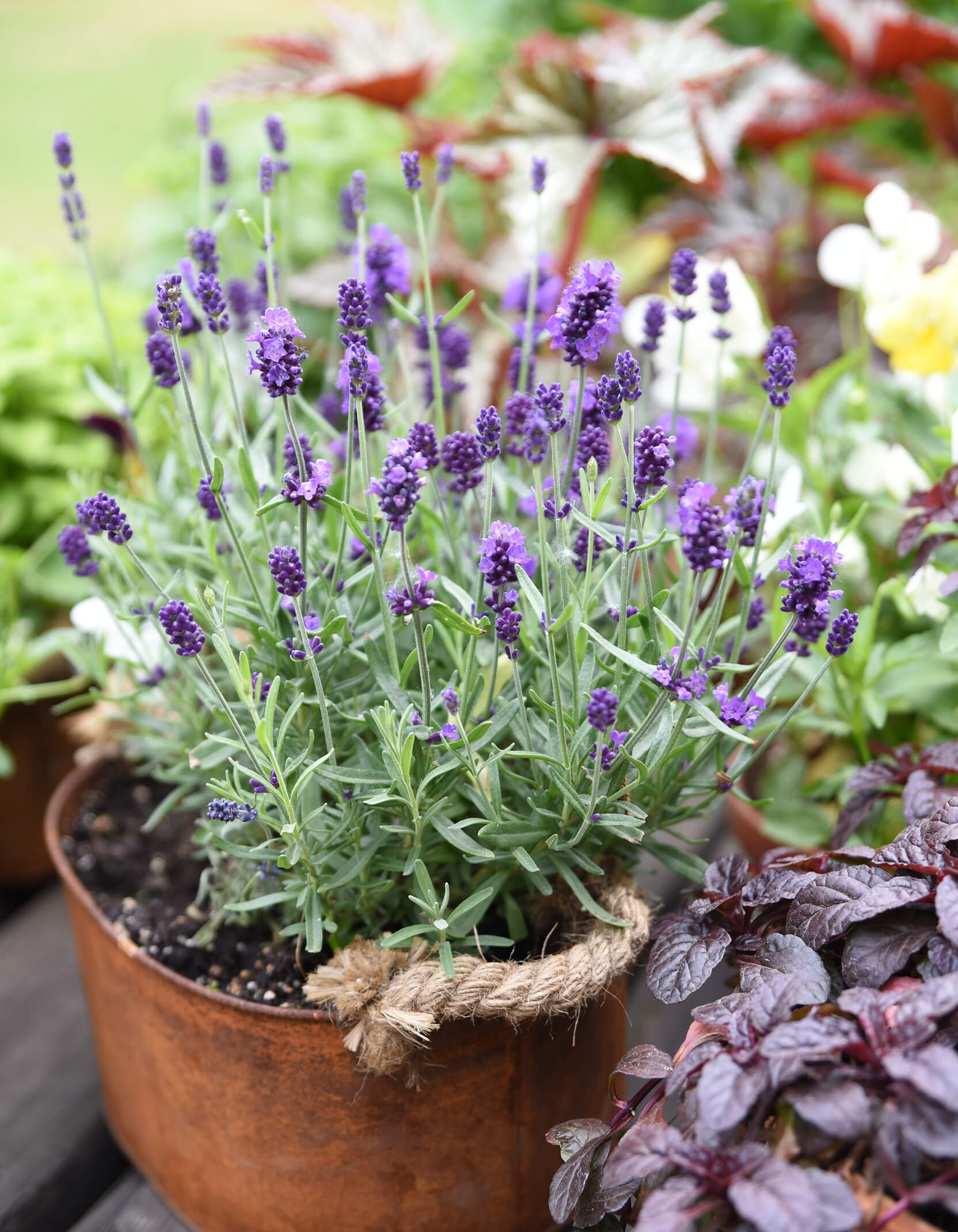
- Lantana is a tropical plant that is known for its colorful flowers. Lantana comes in a variety of colors, including red, orange, yellow, pink, and white. It prefers full sun and well-drained soil. Lantana is relatively easy to care for and requires only moderate watering.
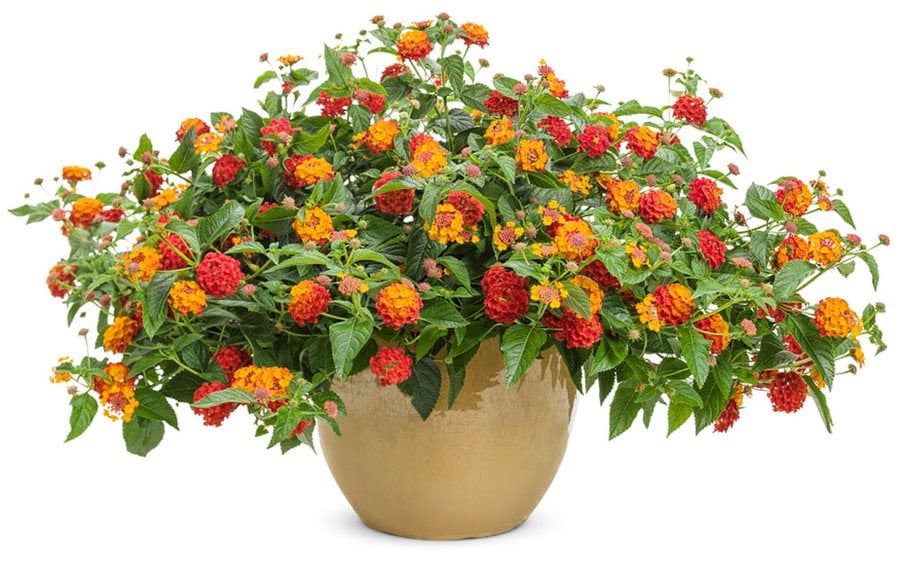
- Salvia is a hardy perennial that is known for its colorful flowers and blue foliage. Salvia prefers full sun and well-drained soil. It is relatively easy to care for and requires only moderate watering.

- Petunias are a popular annual that is known for its colorful flowers. Petunias can be grown in a variety of conditions, but they prefer full sun and well-drained soil. They are relatively easy to care for and require only moderate watering.

These are just a few of the many heat-tolerant plants that you can grow in your garden. When choosing heat-tolerant plants, it is important to consider the climate in your area. You should also consider the amount of sun and water that your garden receives.
With a little planning, you can create a beautiful and colorful summer garden that will thrive even in the heat.
Summer is a great time to plant a garden. The warm weather and long days are perfect for growing a variety of plants, from flowers to vegetables. If you're not sure where to start, Garden Wiki is a great resource.
Garden Wiki has a comprehensive guide to summer plants for the garden. You can find information on everything from the best types of flowers to plant in the summer to the most reliable vegetables for a hot climate. The guide also includes tips on how to care for your plants and how to harvest them.
In addition to the guide, Garden Wiki also has a blog with articles on a variety of gardening topics. You can find articles on everything from how to choose the right soil to how to attract pollinators to your garden.
So if you're looking for information on summer plants for the garden, Garden Wiki is the perfect place to start.
FAQ of summer plants for garden
Question 1: What are some easy-to-grow summer plants for my garden?
Answer: There are many easy-to-grow summer plants that you can choose from, depending on your climate and preferences. Some popular options include:
- Tomatoes: Tomatoes are a delicious and versatile summer vegetable that is relatively easy to grow. They require full sun and well-drained soil.
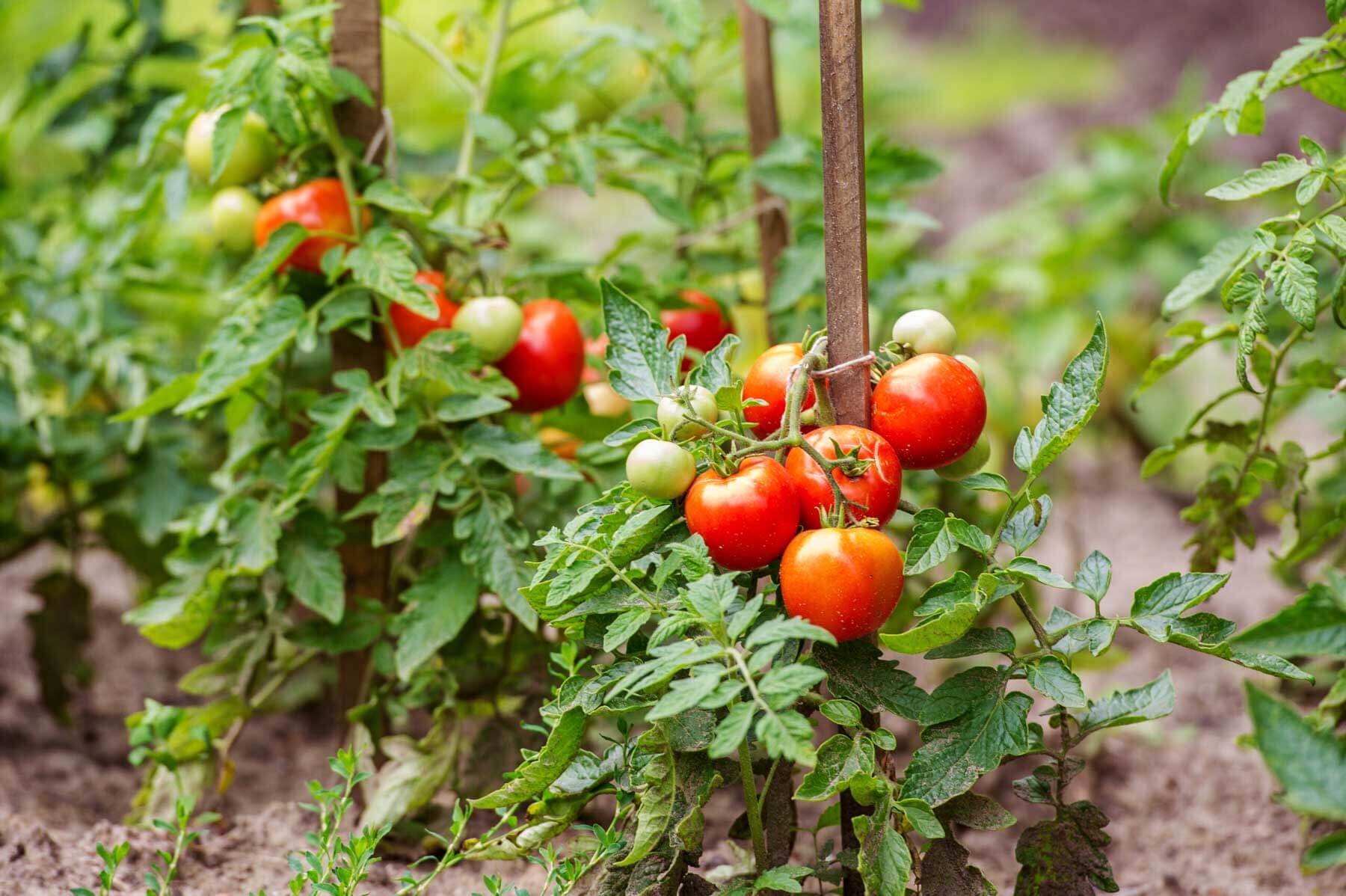
- Peas: Peas are a quick-growing and cold-tolerant vegetable that is perfect for early summer planting. They require full sun and well-drained soil.

- Cucumbers: Cucumbers are a refreshing summer vegetable that is easy to grow. They require full sun and well-drained soil.

- Zucchini: Zucchini is a prolific summer vegetable that is easy to grow. It requires full sun and well-drained soil.
- Squash: Squash is a versatile summer vegetable that is easy to grow. It requires full sun and well-drained soil.
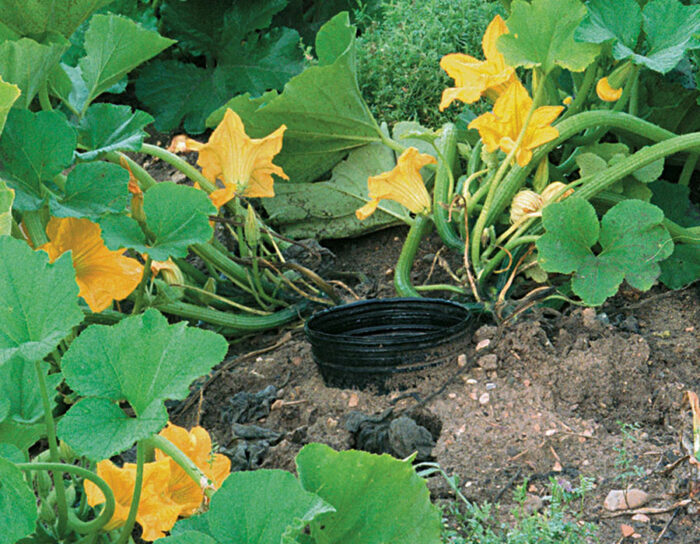
Question 2: What are some tips for planting summer plants in my garden?
Answer: Here are some tips for planting summer plants in your garden:
- Choose the right location. Summer plants need full sun, so choose a spot in your garden that gets at least 6 hours of sunlight per day.
- Prepare the soil. Summer plants need well-drained soil, so amend the soil with compost or manure before planting.
- Plant at the right time. Most summer plants should be planted in the spring or early summer, after the last frost.
- Water regularly. Summer plants need regular watering, especially during hot, dry weather.
- Fertilize regularly. Fertilize summer plants every 4-6 weeks with a balanced fertilizer.
- Pinch back the tips. Pinching back the tips of summer plants will encourage bushier growth and more flowers.
Question 3: What are some common pests and diseases that affect summer plants?
Answer: There are a number of common pests and diseases that can affect summer plants. Some of the most common include:
- Aphids: Aphids are small, sap-sucking insects that can damage leaves and flowers.
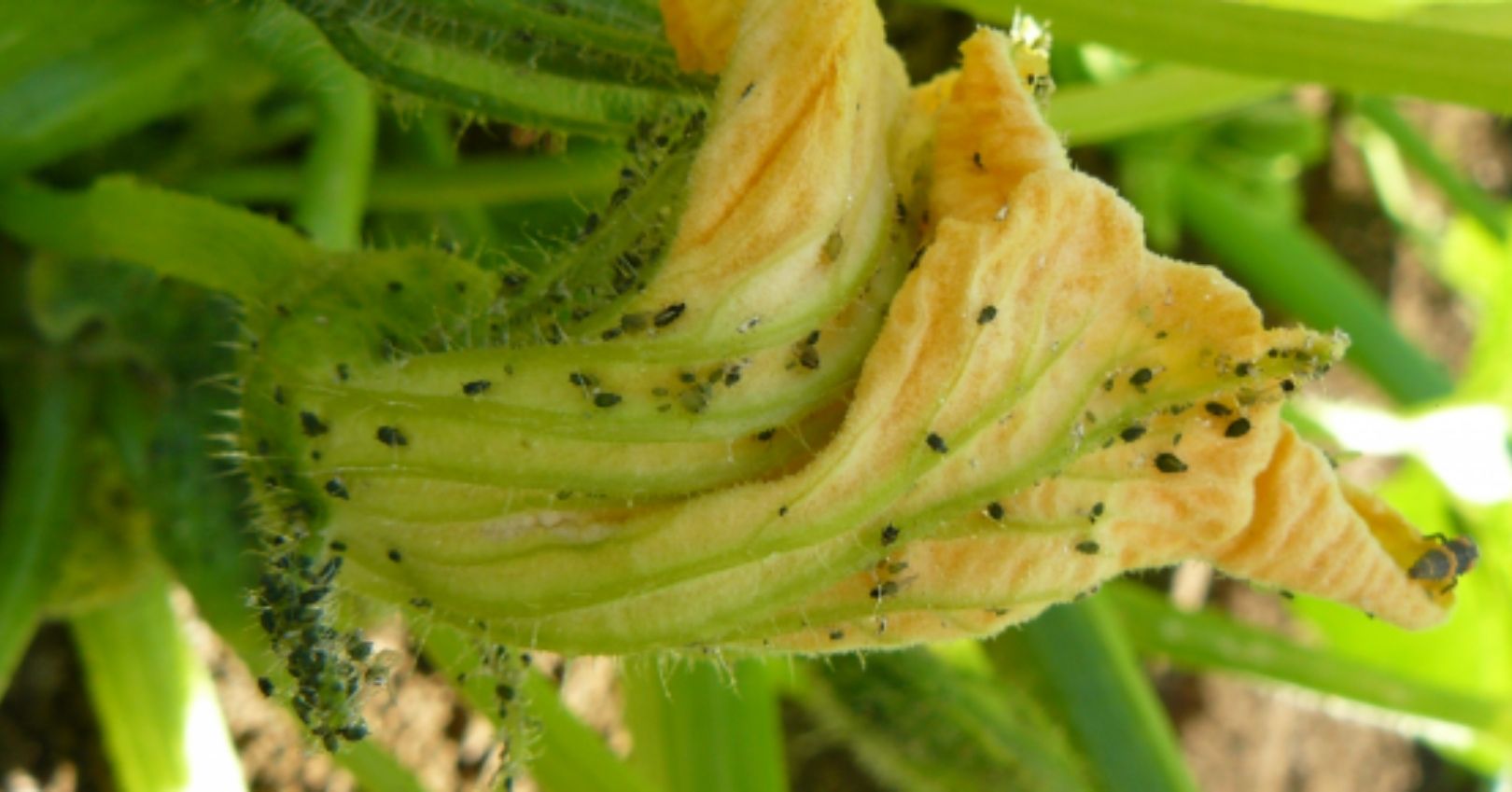
- Spider mites: Spider mites are tiny, web-spinning insects that can damage leaves.
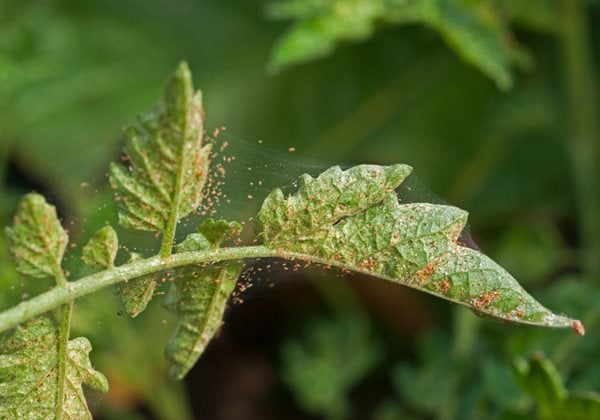
- Whiteflies: Whiteflies are small, white insects that can damage leaves and flowers.

- Slugs and snails: Slugs and snails can be a major problem for summer plants, especially in moist areas.

- Powdery mildew: Powdery mildew is a fungal disease that can cause white spots on leaves.
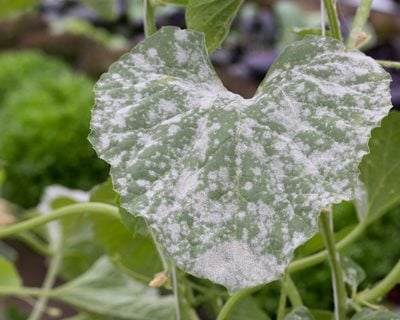
Question 4: How do I control pests and diseases on my summer plants?
Answer: There are a number of ways to control pests and diseases on your summer plants. Some of the most common methods include:
- Physical control: This involves removing pests and diseases by hand or with a sharp knife.
- Chemical control: This involves using pesticides to kill pests and diseases.
- Biological control: This involves using beneficial insects or bacteria to control pests and diseases.
- Cultural control: This involves practicing good gardening habits, such as watering regularly and removing weeds, to prevent pests and diseases from becoming a problem.
Question 5: How do I care for my summer plants after they are planted?
Answer: Once your summer plants are planted, you need to care for them properly to ensure that they thrive. Some of the most important things to do include:
- Water regularly. Summer plants need regular watering, especially during hot, dry weather.
- Fertilize regularly. Fertilize summer plants every 4-6 weeks with a balanced fertilizer.
- Deadhead flowers. Deadheading flowers will encourage new flowers to bloom.
- Prune plants. Pruning plants will help to keep them healthy and productive.
- Protect from pests and diseases. Monitor your plants for pests and diseases and take steps to control them as needed.
Post a Comment for " Hottest Summer Plants For Your Garden"